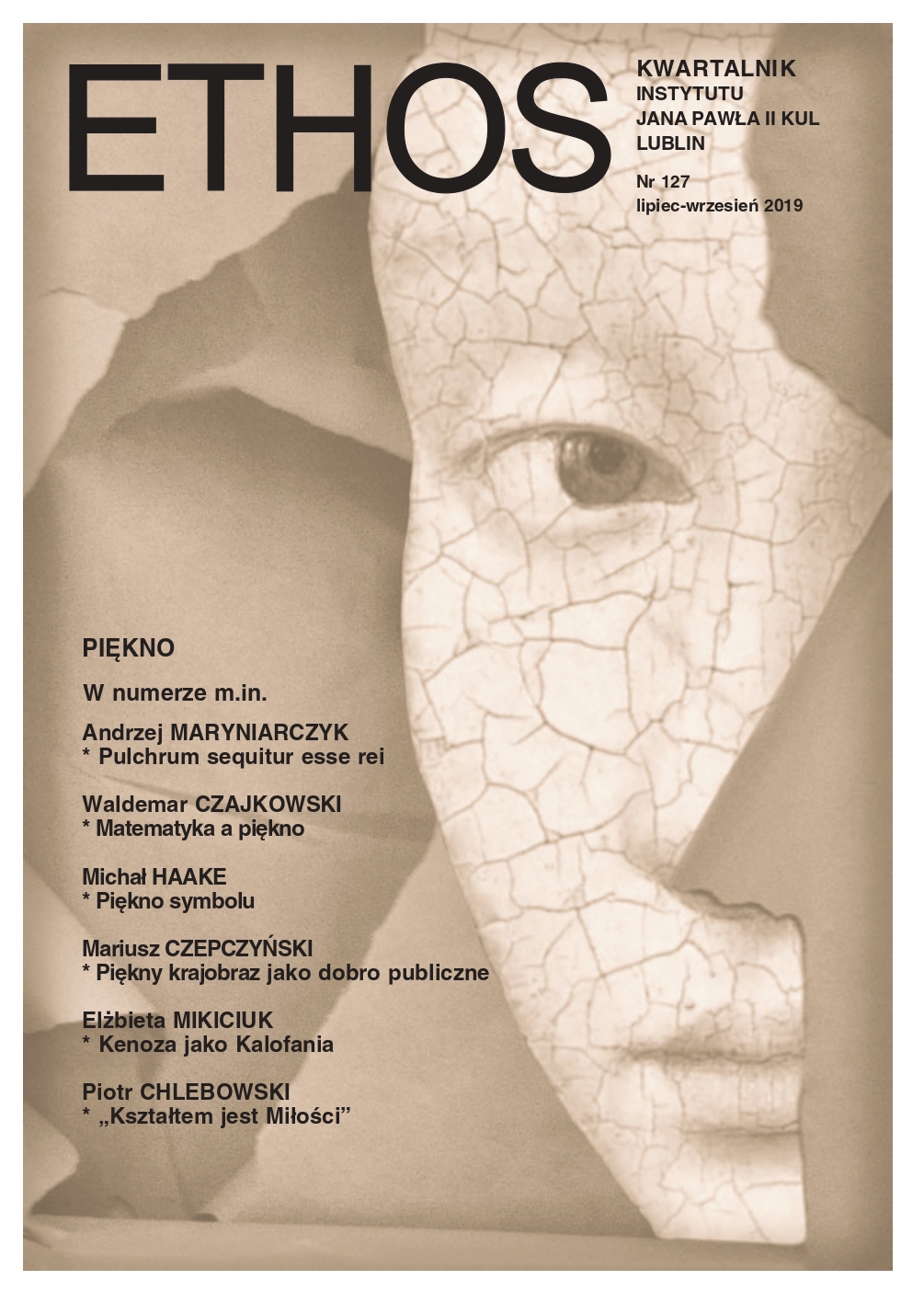UBOGIE PIĘKNO. Idea ascezy i prostoty w kościołach cysterskich w świetle Apologii do opata Wilhelma św. Bernarda z Clairvaux
A MODEST BEAUTY: The Ideal of Asceticism and Simplicity in Cistercian Churches, as Envisioned in Saint Bernard’s of Clairvaux Apology to William of Saint Thierry
Author(s): Jolanta MarszalskaSubject(s): Christian Theology and Religion, Architecture, Visual Arts, Aesthetics
Published by: Katolicki Uniwersytet Lubelski Jana Pawła II - Instytut Jana Pawła II, Wydział Filozofii
Keywords: Saint Bernard of Clairvaux; William of Saint-Thierry; apology; the Cistercians; monasticism; monasteries; architecture of churches;
Summary/Abstract: The article discusses the connection between the Cistercian sacred architecture and the principles of monastic life expounded in the Rule and the Constitutions of this order. According to the guidelines set by Saint Bernard of Clairvaux, the architecture of Cistercian churches and monasteries should be simple and austere, and the aesthetic aspect of those buildings should be subordinated to their function of places of prayer and work. The beauty of art must not replace the service of God nor interfere with it. In his treatise Apologia ad Guillelmum abbatem (written in 1127 and addressed to William of Saint-Thierry), Saint Bernard indicated that affluent and varied ornamentation in churches distracts the attention of monks away from prayer and contemplation. In compliance with his directions, the first Cistercian churches had simple architecture and were built without towers. Large bells, colorful stained-glass windows, paintings, frescoes, and sculptures were not allowed. Simplicity of structure and an ascetic character of churches were also postulates of the first General Chapters of the Cistercians. The concept of beauty thus developed was reflected by the form of the first Cistercian buildings. Saint Bernard’s of Clairvaux views on aesthetics shaped the Cistercian ideal of beauty expressed in the specific architectural style of the order’s sacred buildings.
Journal: Ethos. Kwartalnik Instytutu Jana Pawła II KUL
- Issue Year: 32/2019
- Issue No: 3
- Page Range: 219-231
- Page Count: 13
- Language: Polish
- Content File-PDF

